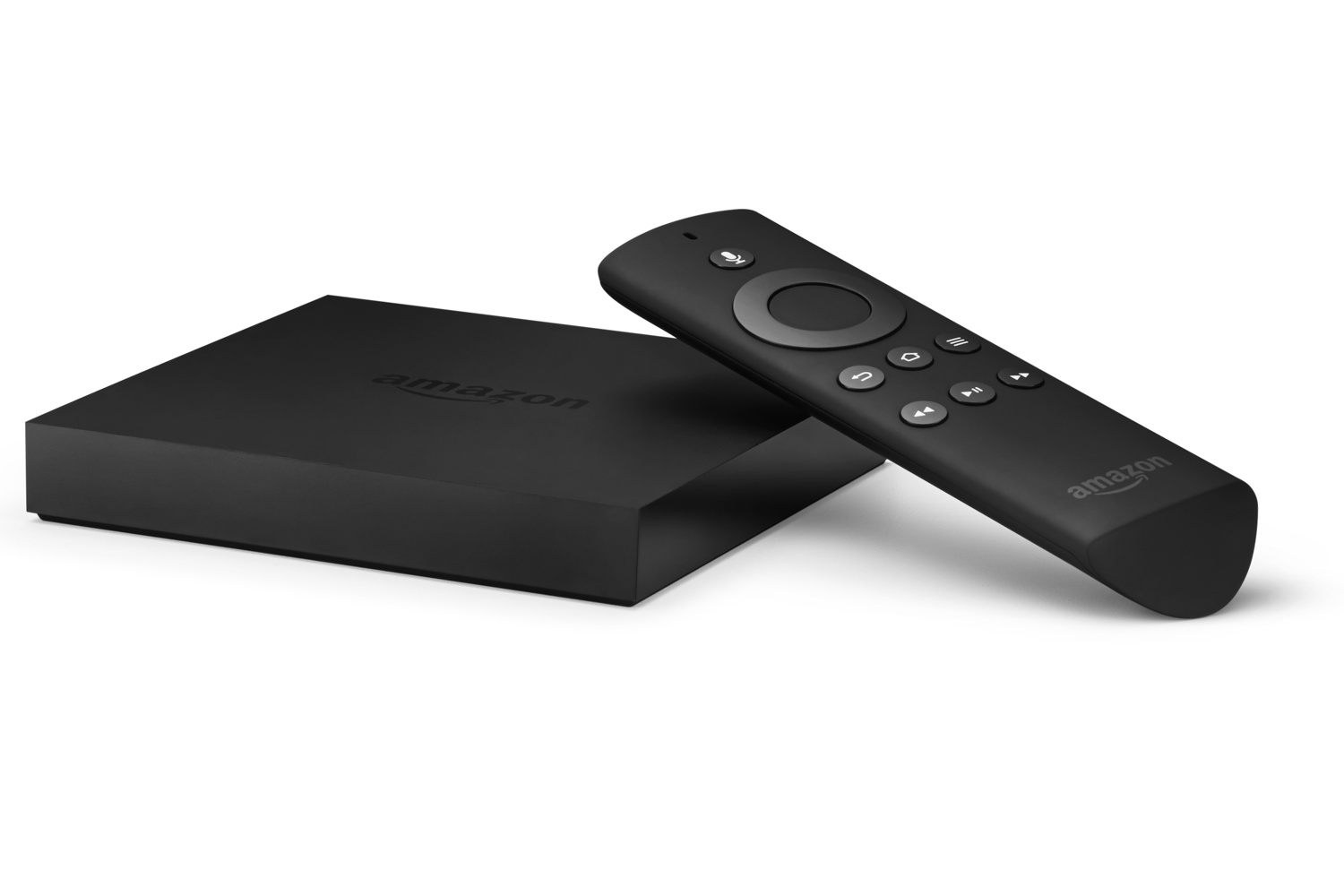


This would guarantee that both the picture and sound were reproduced at the same time. For example, if I had a set top box connected to a television, and then a sound bar connected to that television over HDMI ARC, the set-top box box should compensate for the video latency of the television, and the audio delay of BOTH the television and the sound bar. In an ideal world, each device in an HDMI chain is supposed to report its latency and effective lip sync delay (the difference between audio and video caused by these processing latencies), and the first device in the HDMI chain should compensate for all of the latency values reported by all of the downstream devices. The HDMI specification includes an auto-lip-sync parameter that is intended to address this problem. Also, as devices have added new technologies like speaker virtualization and high-dynamic range video, the processing latency for these technologies has resulted in an overall increase in latency.

video out of a television, audio out of a sound bar connected over HDMI ARC. Additionally, while each device can account for its own audio/video sync, it’s a much harder problem when the audio and video are played from different devices - e.g. When multiple devices are connected together in a chain, with each device decoding or processing audio and video, this latency can build up. In some cases (like AAC), the input audio is stereo so the device will just output that as stereo PCM.Ĭheck the audio settings of your device to see if there is an option to select Dolby Digital audio output, and ensure that this option is enabled.ĭecoding audio and video in devices requires some processing time, and each process introduces different time delays, or latencies, in each devices. Dolby Digital Plus) to Dolby Digital before sending it to the S/PDIF output. The other mode is to "convert" the input audio (e.g. One mode is to "pass-through" the Dolby Digital audio from the input to the S/PDIF output. For those that do support it, there are two modes that the device has to support. Most devices should additionally support Dolby Digital stereo and 5.1-channel audio output as well. In this mode, they will decode the incoming audio to PCM, downmix it to stereo, and then output this stereo PCM using S/PDIF. Why am I not getting Dolby Digital from the S/PDIF output on my television/STB/etc.?ĭevices that have S/PDIF outputs will all support stereo PCM over S/PDIF.

Here are some of the top problems that we’ve seen and some of the reasons behind them. Each manufacturer can choose what they want to support over each interface, and there’s no official testing protocols to ensure that products support all the latest formats and interoperate with each other. HDMI and S/PDIF audio support in products is voluntary, not mandatory. We want consumers to have the best experience, and we’re doing everything we can to help innovate, simplify and guide the industry to better audio connectivity.


 0 kommentar(er)
0 kommentar(er)
